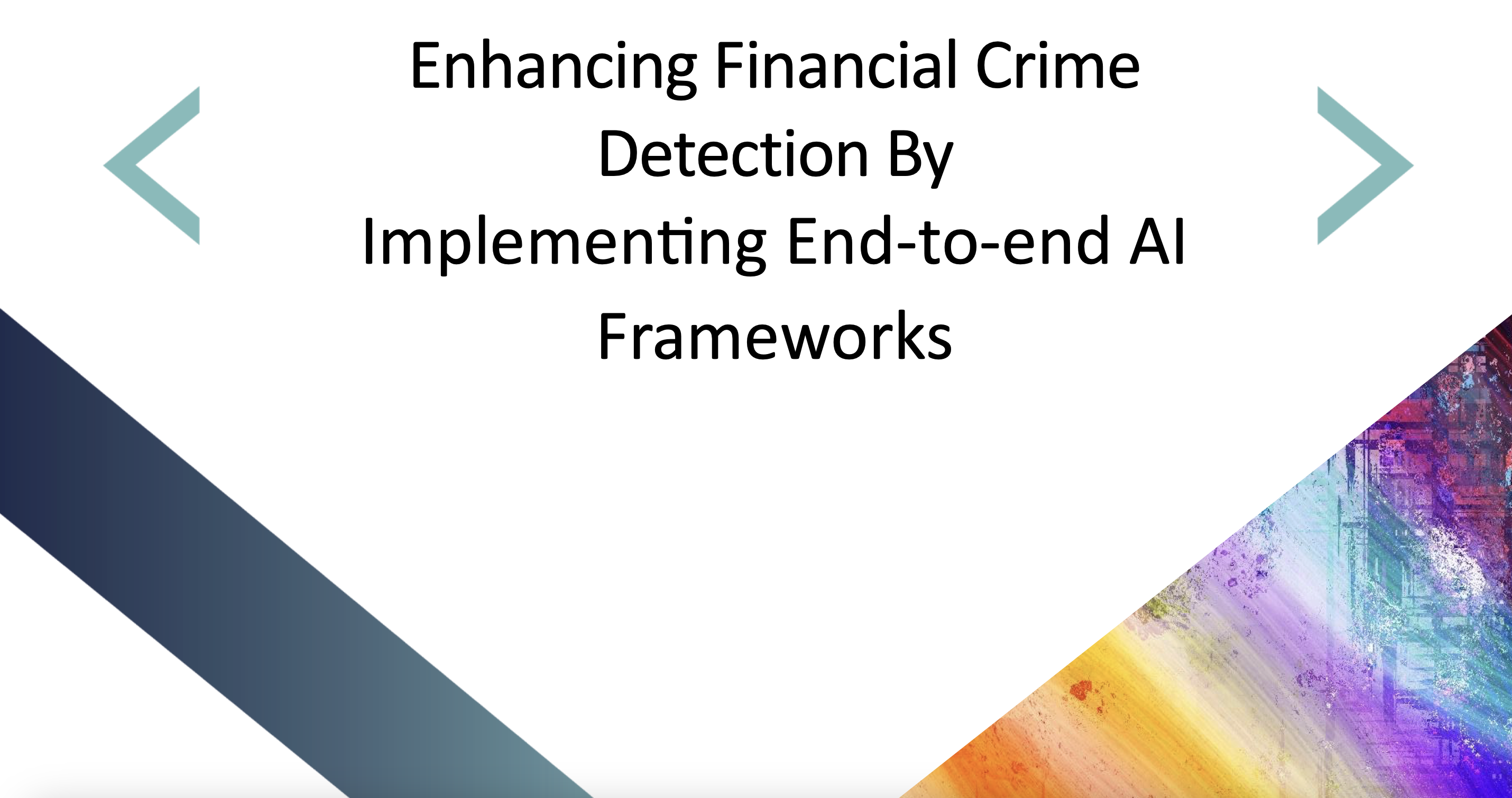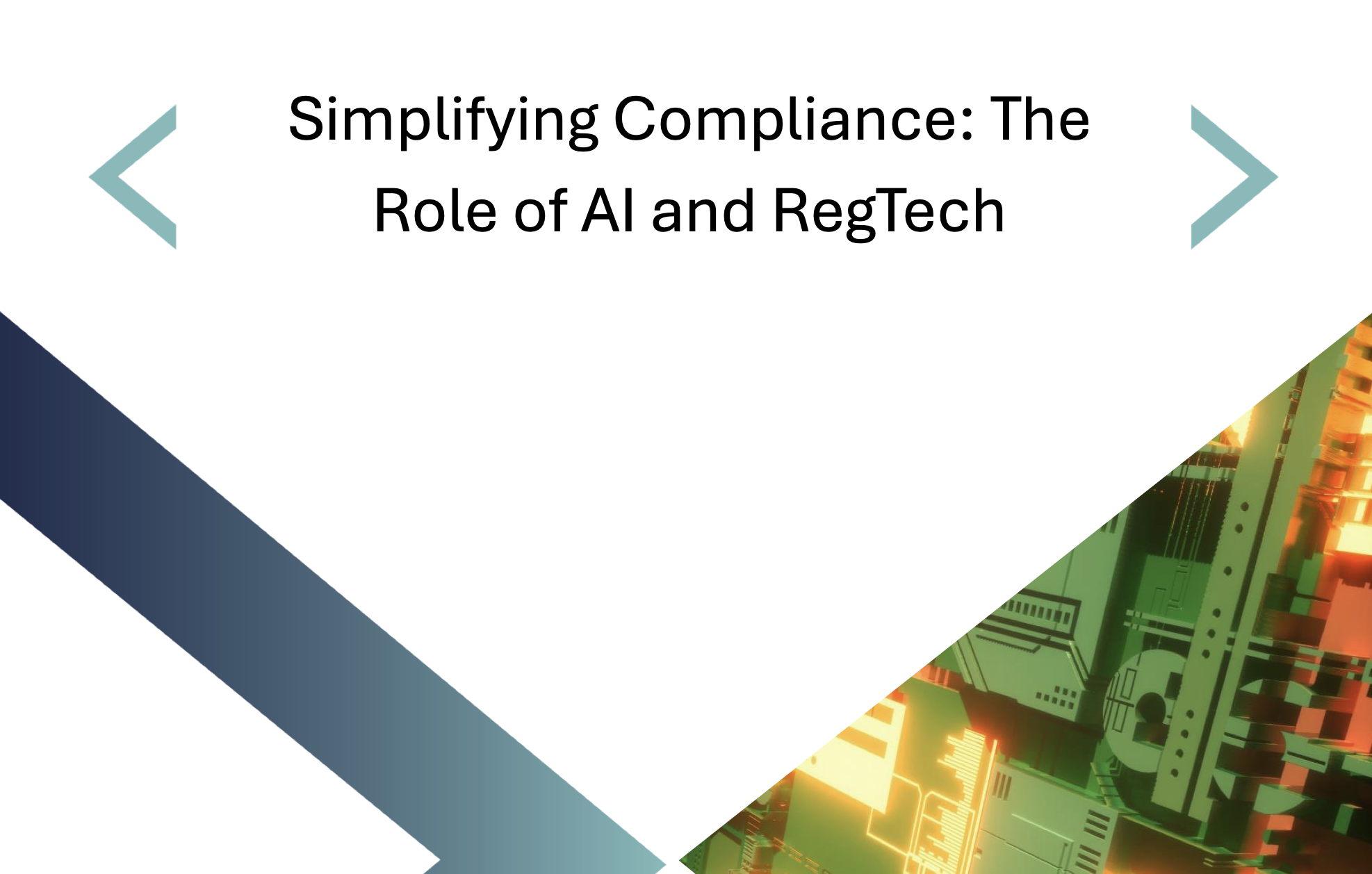Enhancing Financial Crime Detection By Implementing End-to-end AI Frameworks

Economic crime, encompassing money laundering, fraud, scams, and various other
illegal financial activities, continues to evolve with the emergence of sophisticated Artificial
Intelligence (AI) technologies.
This white paper explores the dual-edged nature of AI in the financial sector. While AI tools are increasingly being exploited by criminals to commit financial crimes, they also hold the key to more robust and effective detection and prevention strategies.
This paper delves into the array of AI techniques currently leveraged by malicious criminals, including deepfake technologies, phishing and spear phishing, automated social engineering, credential stuffing, synthetic identity fraud and others.
Furthermore, it provides a comprehensive analysis of AI techniques capable of countering
these threats. Key focus areas include Neural Networks for unusual patterns and behaviours,
gradient boosting algorithms for risk assessment, reinforcement learning for optimisation of
decision making, Markov chains for temporal patterns and anomalies over time, Naïve Bayes
for real-time classification and decision trees for interpretable detection.
The culmination of this paper is the presentation of a state-of-the-art end-to-end AI-driven solution that integrates AI technology to offer a holistic and dynamically adaptable approach to financial crime detection and prevention. By implementing this framework, financial institutions can significantly enhance their capabilities to identify, mitigate, and prevent financial crimes, ensuring a more secure financial ecosystem.



